LG G Flex review
Introduction
With so many flagship "plus ones" out there, it's refreshing to see something truly revolutionary. The LG G Flex is curved like a Beckham free kick and has a flexible screen and battery, along with a unique self-healing coating on the back.
The LG G Flex is curved top to bottom and, as the name suggests, it can flex. It's not bendable like rubber, you have to really put some muscle to it. It's quite impressive all the same, as nothing about phones is flexible, not the screen glass, not the screen itself, nor the motherboard or battery. Oh well, they didn't use to be.
Key features
- Unique curved design
- Quad-band GSM/GPRS/EDGE support; CDMA and 1xEV-DO
- Quad-band 3G with HSPA; Penta-band LTE Cat. 4
- 6" 16M-color 720p curved POLED capacitive touchscreen; Gorilla glass
- Android OS v4.2.2 Jelly Bean; LG Optimus UI
- Quad-core 2.26 GHz Krait 400 CPU, 2 GB RAM, Adreno 330 GPU, Qualcomm Snapdragon 800 chipset
- 13 MP autofocus camera with LED flash, geo-tagging, Intelligent Auto, Time catch shot, smart shutter and VR panoramas
- 1080p video recording @ 60fps with continuous autofocus and stereo sound; HDR mode, Dual recording, optical image stabilization
- 2.1 MP front-facing camera, 1080p video recording
- 32GB of built-in storage, 24GB user-available
- microUSB port, USB host support, USB on-the-go, SlimPort TV-out
- Bluetooth v4.0
- NFC
- Wi-Fi a/b/g/n/ac, Wi-Fi Direct and DLNA
- GPS with A-GPS, GLONASS
- Standard 3.5 mm audio jack
- Stereo FM radio with RDS
- Voice commands
- Multi-tasking with Dual Window, mini-apps with optional transparency (QSlide)
- Accelerometer and proximity sensor
- Active noise cancellation with dedicated mic
- Non-replaceable 3,500mAh Li-Po battery
- IR emitter for remote control of home appliances
For Full Specs Click Here
Main disadvantages
- Screen has low ppi, issues
- Rather large device even for a phablet
- No optical image stabilization for the camera
- The hardware controls at the back take some time getting used to
- No microSD slot
- Non-replaceable battery
LG leaned on its component manufacturing skills and created a Plastic OLED (POLED) screen that's flexible (more so than the G Flex itself). The next step is a curved, flexible Lithium Polymer battery (a world first). Despite its odd shape and 8.7mm thickness of the phone, the battery has a respectable 3,500mAh capacity.
The screen measures the massive 6", but the curve of the device helps the ergonomics. While it impresses with size and flexibility, the screen has only 720p resolution (245ppi). Here's hoping that the new technology makes up for the lacking density.
While flexible screens and batteries might become more popular with wearable devices (say a smartwatch that wraps around your wrist), the next trick might become standard for all sorts of devices - the coating on the back can heal itself if scratched. This will put an end to all the silly cases and protectors that just make phones thick and ugly.
Beyond the breaking news, the LG G Flex is just the phablet version of the LG G2 with a Snapdragon 800 chipset, 13MP camera (no OIS though), Optimus UI gestures and updated multitasking (with a split-screen option). It even has the trademark hardware controls on the back. The Optimus G Pro is getting a little old and small and the LG Vu 3 is a niche product with its 4:3 screen, so another phablet is a welcome addition to LG's fleet.
The LG G Flex name will outlive the device itself - years from now we'll be covering flexible devices or ones with self-healing finish and we'll add "like the LG G Flex pioneered back in 2013".
Final words
There's obviously more than one way to look at the LG G Flex. The sheer shape aside, this phablet is a welcome addition to the ranks, considering the G Pro is getting old and the 6" barrier has long been crossed. The question is though, which end of the seesaw it will end up on. A device with virtually no rivals or one that will never escape the confines of its niche?
LG was the first manufacturer to break news of a curved phone in the works, only to be beaten by Samsung to the actual unveiling. Yes, the Galaxy Round made it to the stores before its rival but is still only available in its home market, so the G Flex can get one back with its global release. Anyway, neither of this will probably count for much in what seemingly will continue to be a two-horse race for at least another while.
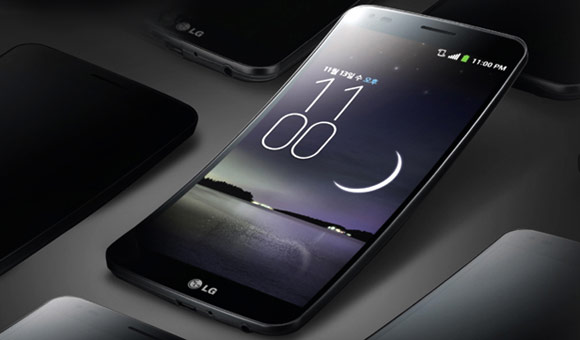
Both the LG G Flex and the Samsung Galaxy Round were made to wow users and show off their respective makers' cutting-edge technology but they risk being walled in their tower throwing "You're curved wrong" jabs at each other.
We think the top-to-bottom curve of the LG G Flex favors landscape use and video watching, while the Galaxy Round's left-to-right curve is interface-driven. We're yet to see the Samsung in action, and we can only speculate but we can safely commend the G Flex on its comfortable hold in landscape.
What we've seen enough of though is a solid lineup of flagship large-screened smartphones and phablets which are either better equipped, or more compact, or both - and way more affordable too - than these two. It seems the average user will easily pick one among the Galaxy Note 3, LG G2, HTC One Max or the Sony Xperia Z Ultra.
But anyone willing to pay the premium for the privilege of being seen with the latest technology available, will narrow down their meaningful choice to just two devices. The Galaxy Round does have a higher resolution screen - a flagship grade 1080p AMOLED unit, but it lacks the self-healing coating of the G Flex, and is next to impossible to get outside Korea without selling the house. And we'll say it again, the vertically curved G Flex just feels more natural in landscape hold or watching a movie.
Of course, the LG G Flex isn't without its share of shortcomings: you're tied to the inbuilt memory and the camera has lost OIS. The biggest question mark though is the screen resolution. 720p is quite reasonable, even on a 6" diagonal, and it's an RGB AMOLED unit too. However the actual image quality certainly isn't the best around and there's no getting away from the fact that considerably cheaper devices have way sharper screens on top of equal, or even better, feature sets.
Sadly, LG have missed an opportunity to make the curved screen count more in how you interact with the device. We love the Q-theater feature but a couple of more creative touches to the interface would've made a welcome difference.
Oh well, this is just the first of its kind and maybe we're too hard. To be honest, most of the corners LG needed to cut are an acceptable price for pioneering a flexible screen and battery, and a self-healing finish. There's better value for money to be had elsewhere but it's impossible to put a price tag on imagining the future.
Special Thanks: GSMArena.com
Special Thanks: GSMArena.com






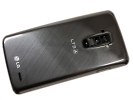
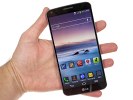

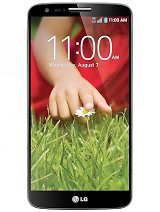
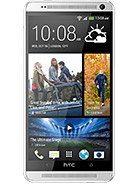
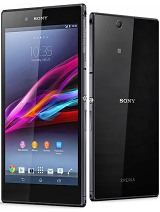

This is the precise weblog for anybody who needs to seek out out about this topic. You notice so much its almost arduous to argue with you. You positively put a brand new spin on a subject that's been written about for years. Nice stuff, simply nice!
ReplyDelete